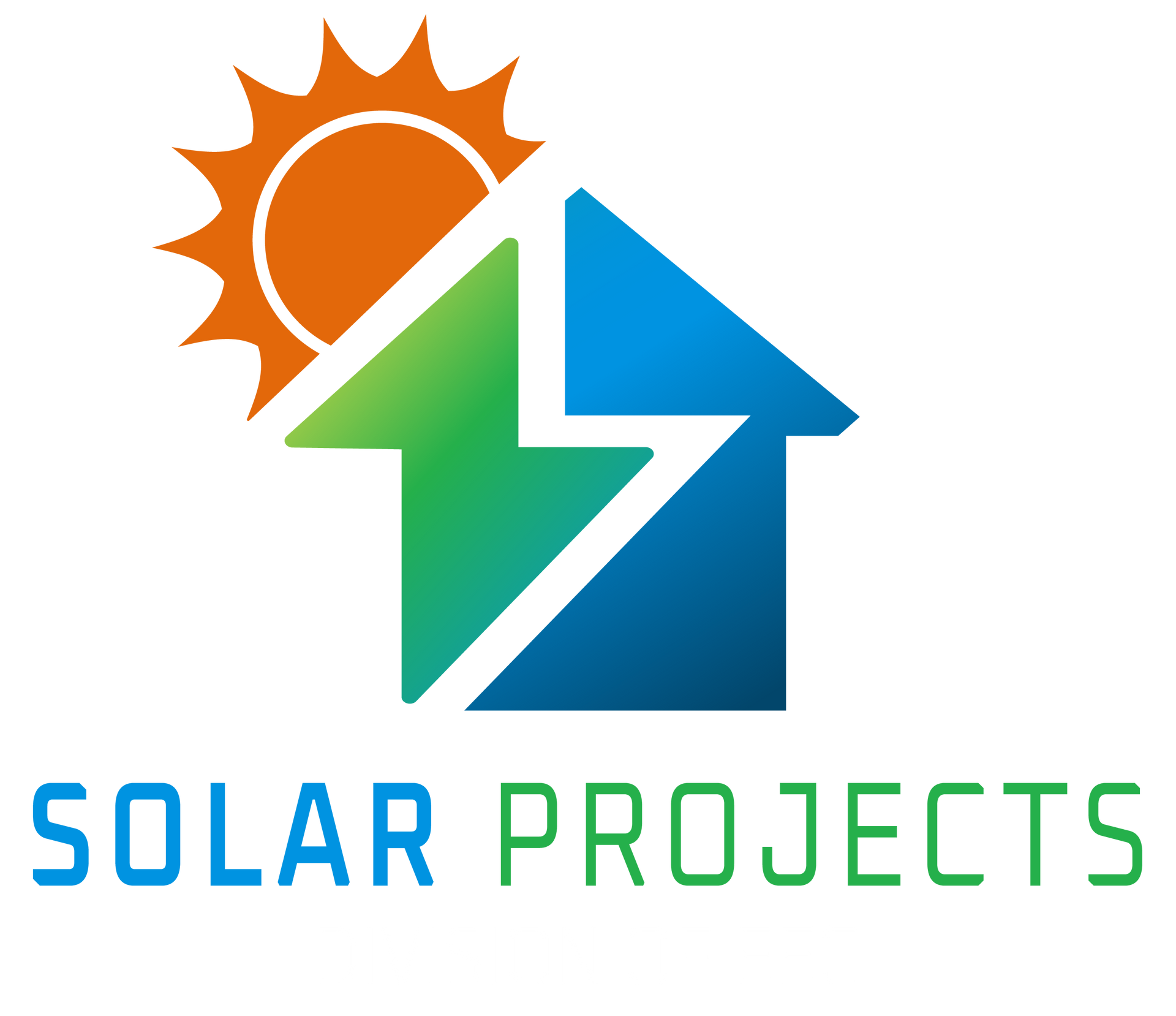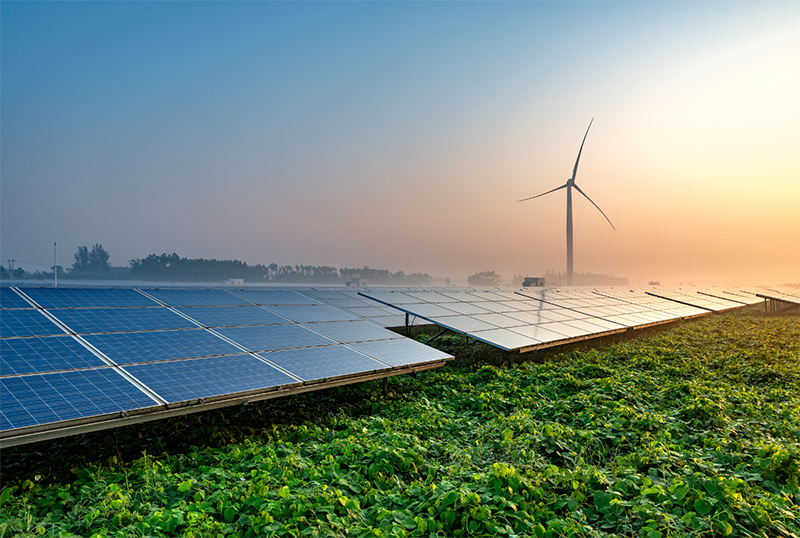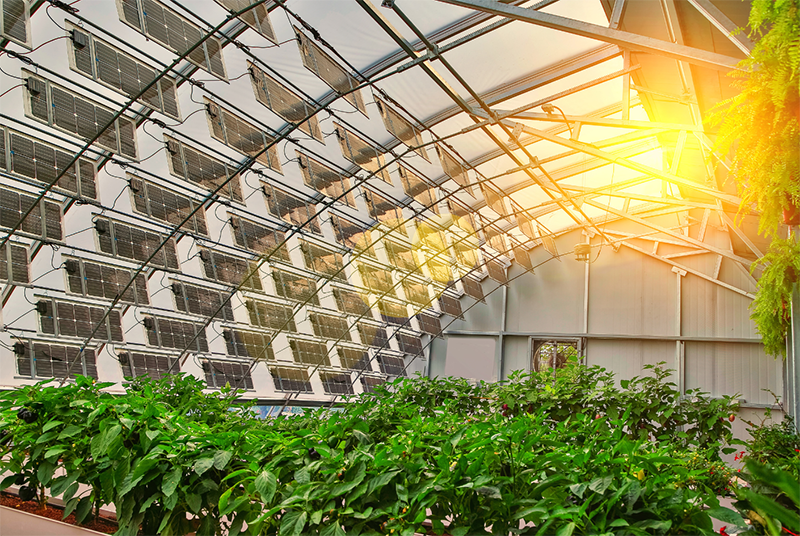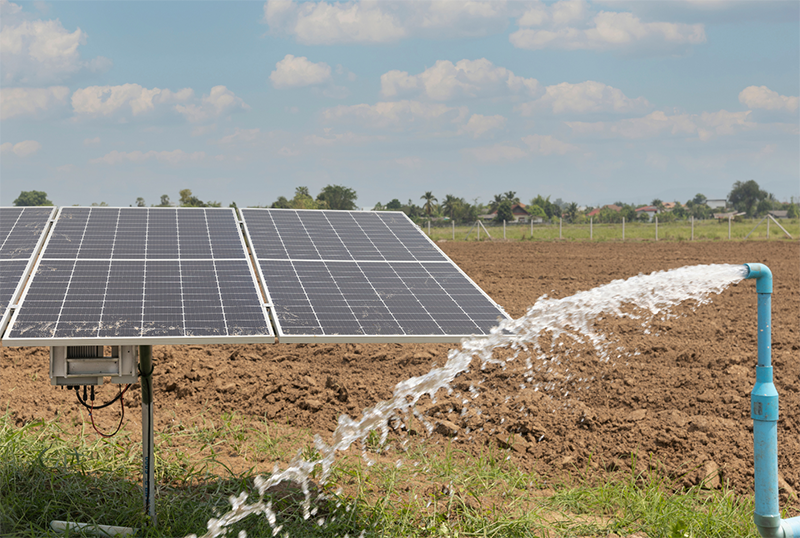Have you ever heard of the word Agrivoltaics? If not, don’t worry. Here is everything you need to know about agrivoltaics. Agrivoltaics refers to the use of solar panels to generate power while using the same land for agriculture. In other words, grow crops on the same land you use for solar panels. This allows you to save space and use your land more efficiently by simultaneously generating power.
That being said, why do you need to know about agrivoltaics? In a world full of mass production and disproportionate waste, available space is growing rare and sustainable energy solutions are becoming more and more relevant. That is especially true if you are a farmer or a business operating in South Africa, where power outages are the norm rather than the exception.
Whether you are a farmer in the agriculture industry looking for a more sustainable energy solution, a business looking to invest in a new and exciting renewable energy niche or an individual trying to go off the grid, agrivoltaics is the perfect solution for your renewable energy needs.
1. What is Agrivoltaics?
As explained above, agrivoltaics also called agrisolar or solar sharing, refers to using the same land for generating solar power and agricultural purposes. According to the USDA, there are three main types of systems you can look into:
Types of Agrivoltaic Systems:
- Elevated Systems: Firstly, elevated systems have solar panels suspended above the ground, providing shade for the crops below them while also generating electricity.
- Inter-Row Systems: In this system type, the solar panels are situated between rows of crops.
- Combination Systems:
Like the name suggests combination systems include both elevated systems and inter-row systems providing the benefits of both.
2. Benefits of Agrivoltaics
3. Which type of system is best for your crops
You might be wondering what system would best suit your specific crops. Here are some suggestions.
- Elevated systems: These systems provide additional shade and are ideal for leafy greens like kale or lettuce and root vegetables like carrots or beets.
- Inter-row systems: Not all plants require additional shade, so these systems are most suited for plants that need more sunlight. Plants in this category include cucumbers and eggplants.
- Combination systems:
These systems are ideal for people who intend to use the same space for plants with different requirements, like a combination garden including lettuce and cucumber. Depending on the layout, these systems are also perfect for people who want to plant crops that require partial shade for example certain root vegetable varieties like parsnips.
4. Key Considerations When Implementing Agrivoltaic Systems
Agrivoltaic systems are a big investment, make sure that you do your research and plan thoroughly before implementing it. Here are some key considerations you should consider.
- Site Selection: Carefully consider the climate and the amount of available land you have to determine the best-suited system. If it rains a lot where you are situated and you rarely have sunshine your systems might be compromised. The same can be said for available space. Depending on your individual power requirements you might need bigger solar panels that require more space, make sure that you take that into account in the planning phase.
- Crop Compatibility: Despite the versatility of the different systems, you still need to consider which system would be most suited for your specific crops. Consider factors like your crops’ light, water, temperature and space requirements when making your decision.
- System Design: Also make sure that the systems are properly integrated with your farming operations and don’t hinder your ability to work. These systems can be complex and require expert installation. That is why professionals like solar projects to install your system to avoid simple mistakes like elevated panels that are too close to the ground to the ground.
- Regulatory and Financial Support: Lastly you have to make sure that you comply with any related laws or regulations before implementing the systems and ensure you have the necessary clearance to proceed. You also need to keep in mind that although solar panels are cheaper in the long run, the initial installation can be rather costly. Therefore, it is important to consider your financial situation carefully.
5. Challenges and Solutions
7. The Future of Agrivoltaics
Agrivoltaics is an industry with a lot of potential. Here are some things you should look out for.
- Market Trends: The South African market is increasingly leaning towards sustainable energy solutions due to widespread infrastructure failure. One of the industries that is the most affected by this infrastructure collapse is the agriculture industry. Given the current market trends in the industry, it is very likely that agrivoltaics will become more and more relevant.
- Growth Potential: Renewable energy is becoming more and more relevant across the globe. That is especially true for countries like South Africa, where alternative energy solutions have become a necessity due to municipal failure. Being one of the most viable alternative energy solutions and given the fact that South Africa is a country that enjoys a lot of sunlight, agrivoltaic systems will likely see a lot of growth.
Key takeaways:
Whether you're a farmer, a business or an individual looking for more sustainable ways to grow crops, agrivoltaics is the answer to your renewable energy challenges. It is not only more sustainable but saves space, and energy and even increases crop yields. Let Solar Projects help you get started on your agrivoltaic journey.
Don’t just invest in sustainable energy; invest in your sustainable future.





